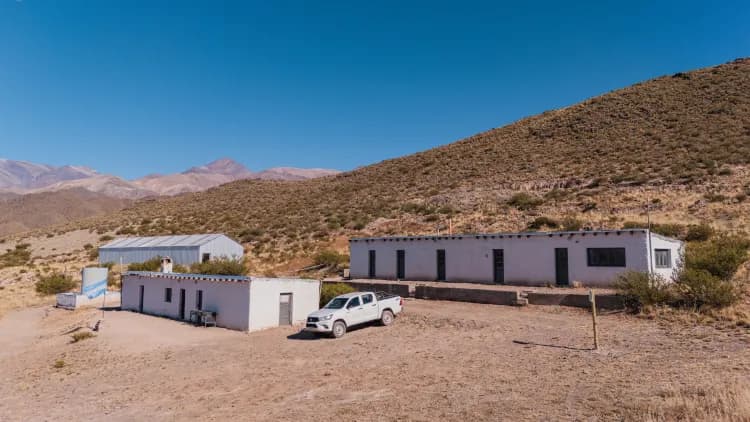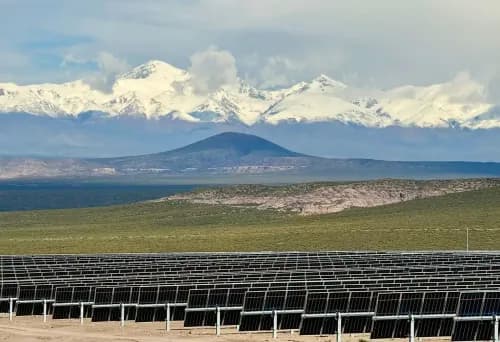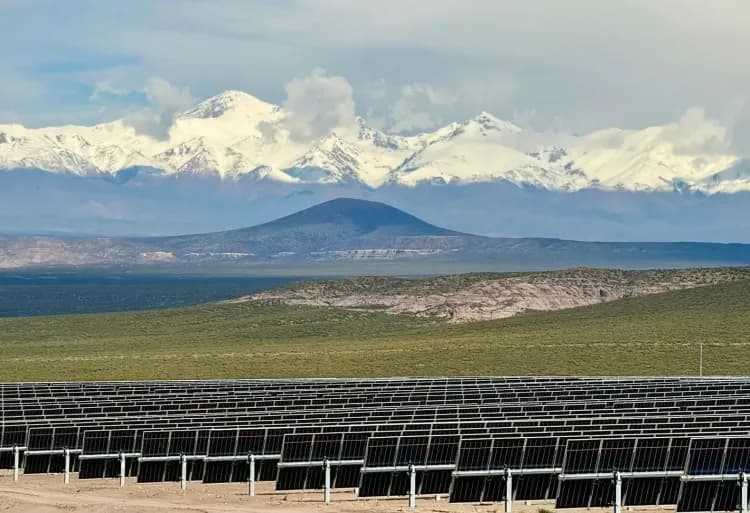A 90-day pause begins between the world’s two leading economic powers.
By Panorama Minero
The recent meeting in Geneva between U.S. and Chinese representatives marks a pause since the so-called Liberation Day on April 2nd—a date defined by the Trump administration as the beginning of a new type of trade policy, marked by heavy tariffs and economic caps. In practice, Liberation Day became a D-Day in the tariff war between the world’s two largest economies.
The unexpected—yet perhaps long-awaited—meeting on Swiss soil signals both a halt and a rollback in tariff measures by the two economic powers: the U.S. will cut tariffs that reached up to 145% last month down to 10% for a period of 90 days. Likewise, China has agreed to reduce its tariffs from 125% to 10%, for the same period proposed by the U.S. The escalation had reached such a level that it raised fears of a potential recession, making a pause necessary to reassess and reshuffle the deck.
In this back-and-forth, the mining sector is also involved: according to The Economist, China’s position includes rolling back other measures such as restrictions on the sale of rare earths. It is important to note that China’s dominance in the rare earth sector borders on monopoly, accounting for 65% of global production and nearly 50% of known reserves.
When it comes to rare earths, it is worth mentioning that Argentina holds deposits of its own in the provinces of San Luis (Rodeo de los Molles: 5.6 MT [2.1% OTR]), Salta (Rangel District: 5 MT [0.5% OTR]), and Santiago del Estero (Jasimampa), based on historical studies conducted by SEGEMAR (Argentine Geological Mining Service).
As of May 12th, a 90-day window has opened to negotiate and establish positions. What might happen on Day 91 if no agreement is reached? That question remains unanswered for now. However, U.S. Treasury Secretary Scott Bessent has stated that the 34% tariffs on Chinese products—announced on Liberation Day—will be reinstated after the pause, unless developments arise during this period that alter the course.
This is a rapprochement with no fixed outcome. In the coming months, it will become clear whether the meeting in Switzerland marked a lasting peace—or merely a temporary truce in a trade war that continues to shake the world.


























